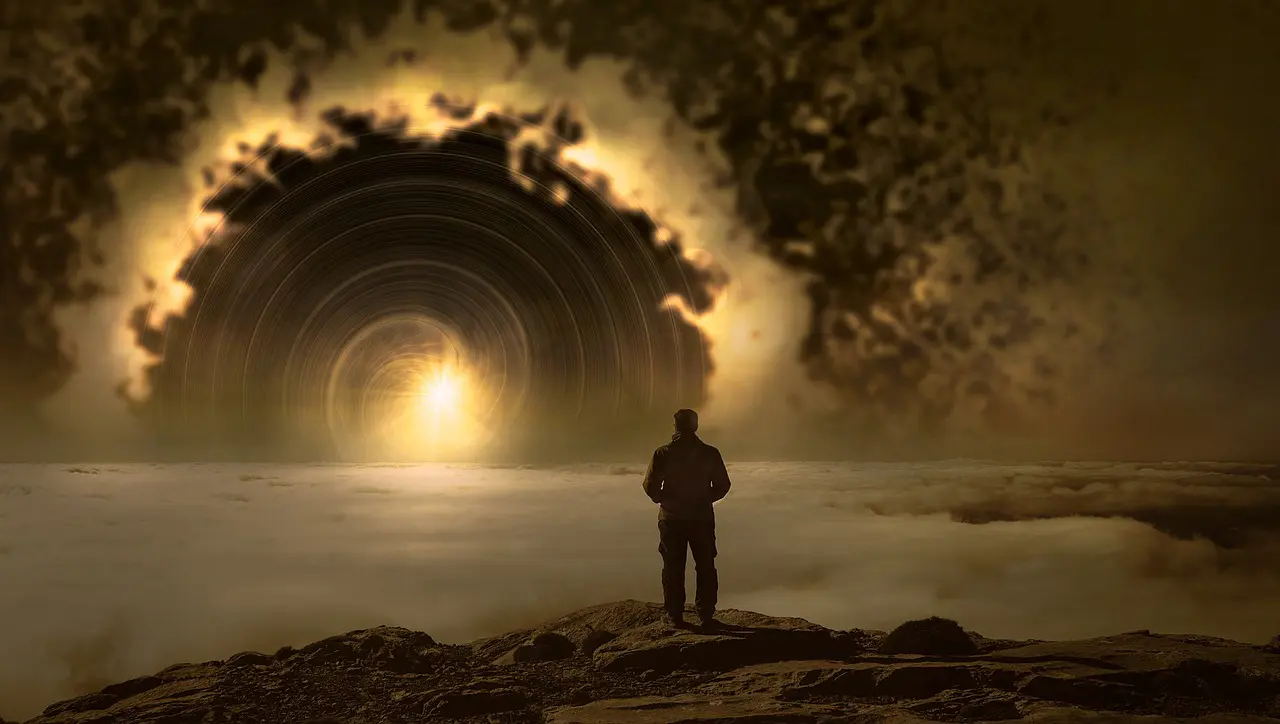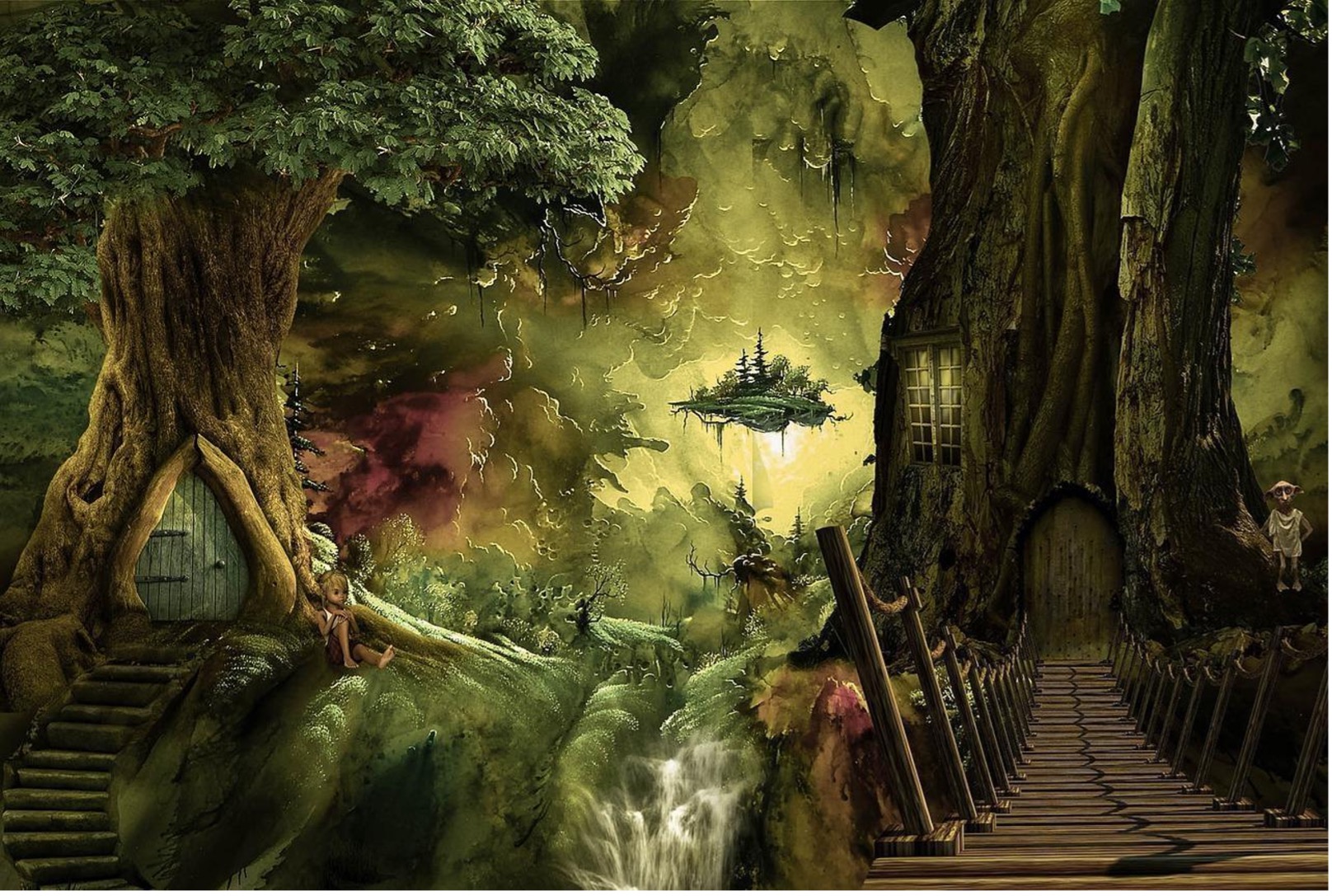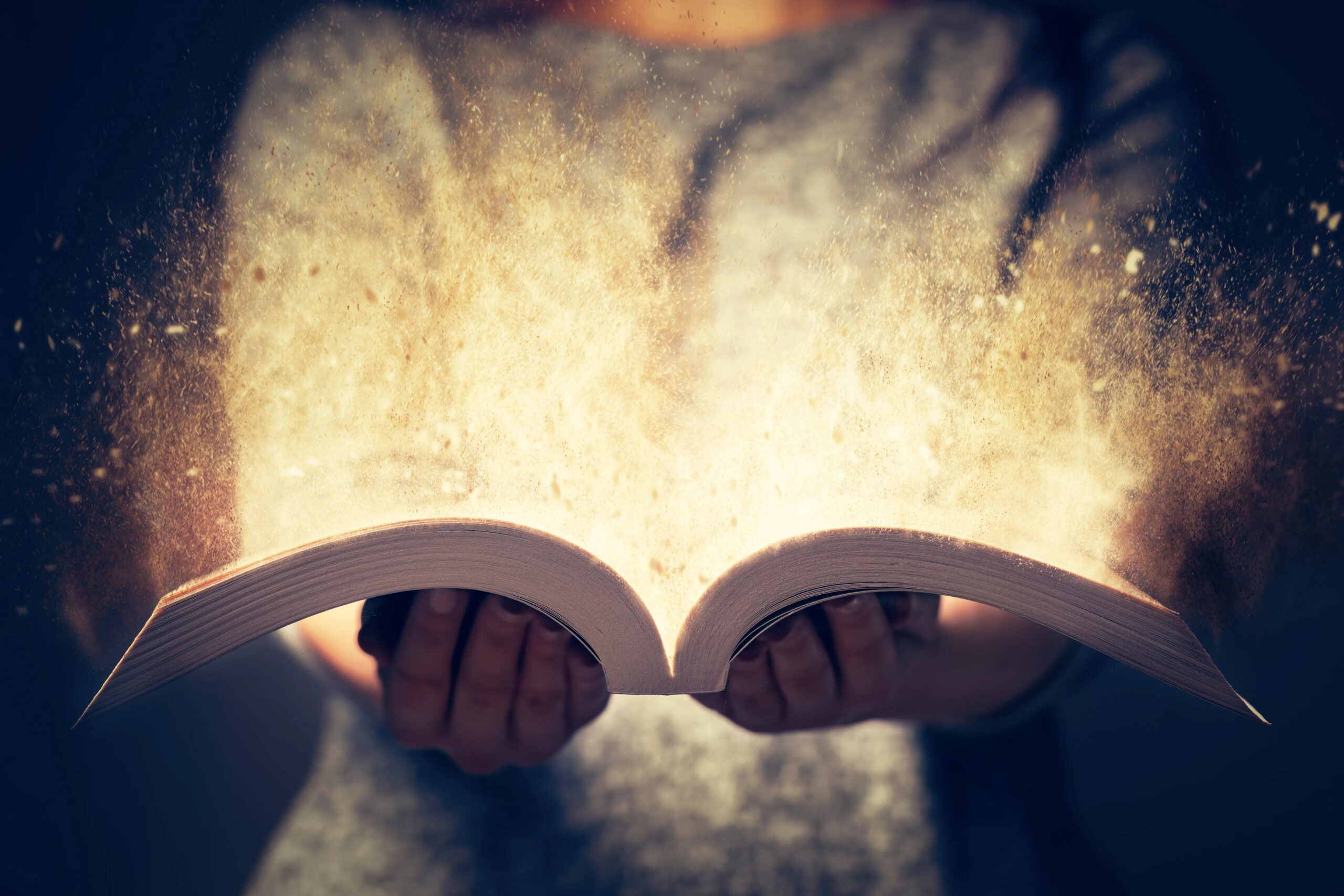By Carmen Chang,
The fantastic is a literary genre that has marked universal literature. Human History is littered with oral stories or texts that can be categorized as «fantastic stories». Nevertheless, this concept has known different definitions and different auctorial or thematic representations through each of the universal literatures.
First of all, our work consists in delineating the different meanings of the term through its definitions, whether in dictionaries or the research of some theorists who have tried to define the concept, each according to his methods of analysis and the literary ideology that guides him. Then, we will review the specificity of Spanish-American literature and what distinguishes it in its representation of the fantastic. We will show that it represents a vision that is singular compared to the predominant vision of the conqueror (the western). Magical realism is this new reading of reality that seeks to give reality a dimension other than that previously perceived through a writing to decipher.
Variations of the fantastic genre
“No one can know if the world is fantastic or real,
and not if there is a difference between dreaming and living”.
Jorge Luis Borges (1899-1986)
- The fantastic genre
1.1 The term of the fantastic in Latin America
We begin by presenting the representations made by Latin American writers of the fantastic genre. Compared to the literary genres in vogue, Borges is considered ahead of the writers of his time in the 1930s. Back then, we were talking about fantastic realism. Soon, we will be talking about magical realism or wonderful reality. The concept of «magical realism» is inherent in a culture and a geographical reference, namely America, as Bella Jozef (1977) points out:
The concept of magical realism cannot contain any narrative that moves away from the narrower canons of 19th century realism. It relates to a more important problem: the location of America in the history of universal culture. It is a narrative in which the relationship is not justified by the reflection of the referential world. Alejo Carpentier, in the prologue of the novel The Kingdom of This World, refers to the «marvelous real» of America. Other authors refer to «magical realism» as «the transformation of reality into unreal».

This last name is due to Alejo Carpentier (Cuba, 1904-1980), for whom pure realism was unable to grasp the astonishing and unusual reality of the American world: «The marvellous real is at every step in the history of the continent». The fact is that from this moment, reality and fantasy will present themselves integrally linked in the novel: sometimes, by the presence of the mythical, the legendary, the magical, by the allegorical or poetic treatment of the action, characters or backgrounds or scenarios. He also points out that “the marvellous begins with the being in an obvious way when it arises from a sudden alteration of reality or from a privileged revelation of reality, from an unusual or singularly favourable illumination of the riches of reality”. and it is what characterizes Spanish-American literature that finds in tradition, in the mythical elements its creative legitimacy and in this perspective, it differs from the marvellous Western dream and especially from the surrealists.
The resolute openness to the fantastic, the strange and the wonderful so characteristic in the works of Spanish-American literature results from the authors’ commitment to give more space to the fantasy and to value more self-saying pure fruits of imagination and the invisible and unconscious forces that determine it. Writers, such as Austrias, exclude any objective representation in his narratives. Indeed, the latter advocates a fiction that mixes reality and fantasy.
On the other hand, attempts are being made to incorporate the sciences (which experienced an extraordinary boom in the second half of the 19th century) into a transcendent order which often involves a re-evaluation of supernatural and religious elements.
Bioy Casares (1940), in his prologue to the Anthology, offers the possibility of classifying fantastic narratives on the basis of their themes and explanations given about supernatural facts. According to the explanations, it groups them into three categories, those:
– which are explained by the arrangement of a being or supernatural fact;
– have a fantastic explanation, but not supernatural;
– which are explained by the intervention of a supernatural being or fact, but also imply the possibility of a natural explanation and which admit an explanatory hallucination.
«Traditional fantasy literature appears as a reaction to the rise of rational scientific cosmovision». Spanish-American fantasy literature of the 20th century is in a way a «playful activity» because fiction is meant to liberate itself from the yoke of society and time. This liberation takes place through the language that allows the writer to transcend representations of the real order. As in the 19th century, the fantastic impetus of contemporary Spanish-American literature stems from a notion of inadequacy and discontent with the narrow definition of reality imposed by the hegemony of the scientific paradigm, where reason forms the basis of Western cosmovision. But in the current literature, the fantastic is offered within the reach of a look at reality and disappears behind the scenes of a truth that is in itself doubtful and problematic. Reality seems upset by the prism of irony, confusing commonplaces and hierarchy.
1.2 Fantastic literature: a definition sketch
According to Professor Jean-Luc Steinmetz (2008) the term «fantastic» probably goes back, via a Latin adjective, fantasticum, to the Greek verb phantasein: «to show in appearance», «to give the illusion», but also «to show», «to appear», in the case of extraordinary phenomena.” For the dictionary of the Académie française of 1831 «gives to «fantastic» the meaning of «chimeric», it «means also, which has only the appearance of a corporeal being, without reality.». Jean-Luc Steinmetz (2008) retains the definition of Littré which defines him as follows «1/ which exists only by imagination; 2/ which has only the appearance of a corporeal being» and presents fantastic tales as anything that «is said to be fairy tales, ghost tales and, in particular, a kind of fairy tales fashioned by the German Hoffmann, where the supernatural plays a great role». The Grand Robert of the French language defines «the fantastic» all that «means works in which unnatural or implausible elements are incorporated into the narrative and can be interpreted naturally or supernaturally without the reader being able to decide from the text».
Let’s move from the different definitions of «fantastic» in dictionaries that have evolved over time to those of theorists. For his part, Tzvetan Todorov (1981) developed an essay in which he deepened the genre in order to define it and built one of the most widespread propositions on the subject in Introduction to Fantastic Literature. Based on some of the traits that characterize fantasy in Maupassant, Todorov (1981) delved deeper into the definition and named the two main features that he believes identify the fantastic genre: «the reader’s hesitation about the phenomena reported and a way of reading these phenomena that is neither poetic nor allegorical». He explains the fantastic by the psychic reaction of the reader and not to a whole preliminary work of this kind of writings which «obey a long preparation, a condition of the reader [which] allow a climax, an upward progression».
With these two conditions in mind, Tzvetan Todorov contrasts what he calls «pure fantasy» with two other neighbouring concepts: «It states that «the fantastic» occupies the time of this uncertainty; as soon as we choose one answer or another, we abandon the fantastic to enter a neighbouring genre: “the strange or the marvellous” ». What is fantastic is the hesitation of a being who knows only the laws of nature in the face of an apparently supernatural event.

What is strange or unusual, on the other hand, would be a category that includes narratives in which the causes, which would be apparently supernatural and inexplicable by the ways of reason, they end up having an explanation in conformity with the laws of the known world. On the contrary, the marvellous would be all that is on the opposite side of the unusual, being formed by all the works where the uncertainty is clear, that is to say that we know what is happening, but its explanation refers to new laws that do not go according to the known reality. Thus, Todorov points out that the fantasy itself is rare and would understand the plot that never ends. In the end, the term «fantastic literature» cannot be reduced to a formula because it has meant many things that need to be constantly redefined.
The work of Jean-Bellemin Noël is also worth a visit. Indeed, this theorist sees that «the fantastic is a way of telling» where it manifests as a fantasy. Freud’s work finds echoes. Nevertheless, for Bellemin-Noël the unconscious expresses itself through transvestitions, deformations where the impulse of death finds its field of action as that of desire.
Max Milner in his book Fantasmagorie (1982) sees in the optics «a way to structure in a new way an imaginary space». Charles Nodier, also explored this field by publishing a book entitled Fantasy in Literature (1830) and manages to distinguish three types of fantastic stories: the false, the true and the wave that leaves «the soul suspended in a dreamy and melancholic doubt».
After this brief presentation of the concept which is far from being exhaustive because many others have dealt with the subject from different angles, we think to return to Spanish-American conception of the fantastic, as mentioned above, has nothing to do with the wonderful literature of fairy, dragons or enchanted princesses, nor with the literature of escape. The fantastic evokes a «kind of insecurity or anxiety that occurs in the real, through which we access the other face of the real, the surrealism that determines and explains the appearance of the real».
References
-
BIOY CASARES, Adolfo, The invention of Morel, Buenos Aires, Losada, 1940.
-
BIOY CASARES, Adolfo, Cordillera, Ciudad Seva, Digital House of the writer Luis López Nieves, 2020.
-
CARPENTIER, Alejo, From the wonderful American real, Mexico D.F., Autonomous University of Mexico, 2004.
-
GÁLVEZ, Marina, “Hispano-American fantastic literature” in the contemporary Hispano-American novel, Madrid, Taurus, 1988.
-
JOZEF, Bella, The fantastic in contemporary Hispano-American literature, In: Notebooks of the Hispanic and Luso-Brazilian world, n°29, 1977, pp. 7-24.
-
KROEBER, Karl, Romantic Fantasy and Science Fiction, New Haven: Yale University Press, 1988.
-
MARTÍNEZ, Alejandro, Irrepresentability and subversion in Borges’ narrative, Madrid, Editorial Verbum, 2019.
-
TODOROV, Tzvetan, Introducción a la literatura fantástica, México D.F., PREMIA editora de libros, s.a. para la edición en lengua castellana, 1981




